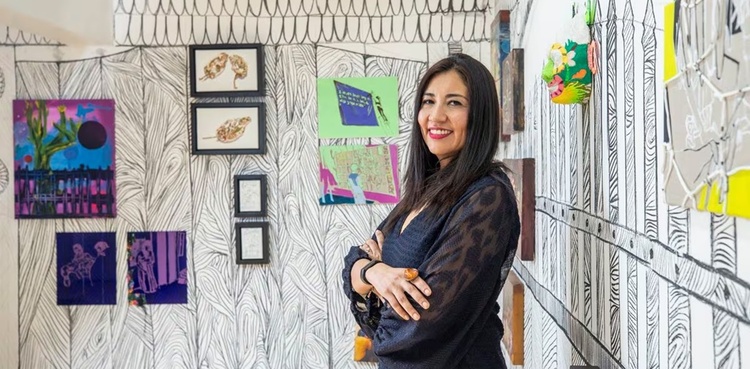
Mexico City is these days a coming and going of artists
QiPO Fair: “We want the public and artists to be able to build bridges and richer collaborations, crossing borders”
Laura Reséndiz, director of the collective art platform, and curator Pancho López talk about their intention to have a space that involves everyone without a vision focused on sales
The center of Mexico City is these days a coming and going of artists and fans of different expressions of art who are looking for a space to settle in and stay to watch. The bustling streets of the heart of the Mexican capital offer that and more, but in the Temoskali building, in the Ciudadela neighborhood, the QUiPO Fair headquarters is getting ready for the four days in which the two floors of the place host more than 30 proposals that have come from Asia, Europe, South America and North America. Laura Reséndiz, the executive director, and Pancho López, performance curator, assure that art week is an unparalleled opportunity to get to know this space in which artists and groups collaborate that seek to create a community and that want to connect with the public that He is not necessarily a collector or lover of contemporary art: “We want not only the public, but also the artists themselves to be able to build bridges and other richer collaborations that cross borders,” says Reséndiz.
It is the day of the opening of the doors of the Temoskali building to the fourth edition of QUiPO Fair and although everything is almost ready, curators, artists, and collaborators are fine-tuning the last details and rehearsing and rearranging everything once again. There are facilities of all kinds, music that begins to be heard from various points of the place; paintings and rooms full of pop culture references, colorful balloons, a woman prowls the hallways dressed as a virgin. Laura Reséndiz, the executive director of QUiPO, is calm and excited, and with a clear, radio-friendly voice she begins to tell the story of her journey that brought her here. She is an art historian by training, but she has done art criticism, television, production, and curating. She has worked in galleries and has founded the multidisciplinary project CICLO Arte para todos. “I came to QUiPO at the invitation of Ichiro Irie —the artistic director—, with the intention of generating new audiences and doing what we were already doing with our resources, so that we could join forces and generate larger, more ambitious and more concrete projects. We were already concerned about presenting other proposals in a space run by artists with other intentions outside the market,” he says.
From its origin, according to Reséndiz, this platform sought to integrate proposals that were in tune with what they were doing, even before collaborating as a collective. “Proposals—like ours—that had no place in the large fairs, first because we did not meet the requirements of being a commercial gallery or not having the time frame of three or five years of career, also because our interests were completely different, then competing With a market that is suddenly very aggressive, if it is not your sole objective, it is very complicated,” he says.
The decision then focused on continuing to hold a fair year after year with the mission of sharing visions with the public and artists: “We want to show people that there are other ways of knowing, living, understanding and enjoying art and in that sense , then we also seek to open ourselves to other audiences, to open ourselves to other audiences that are not necessarily connoisseurs or collectors and that contemporary art can sometimes be quite intimidating if you are not inserted in this community and that is why we want to be a fair with a quality like all the others at the museum and gallery level, but free.”
“Body language is much more powerful than words”
In 2019, Reséndiz met Pancho López, a performance artist with a career of more than 20 years in Mexico and with projects in several countries around the world. Thus, a year ago he was invited to be part of the project, and in this fourth edition, López is in charge of the performance part that takes place at QUiPO—according to Reséndiz, one of the strong axes of the artistic offer—in the framework of art week: “Performance serves to say what sometimes you cannot say. With the body you create metaphors, very interesting analogies with actions and you can address unapproachable topics or things so intimate that there is no way to explain a feeling. Body language is much more powerful, sometimes even than words. Performance is an immediate translator of any situation,” explains López.
During these days, as part of the performance program, national and international artists will be present with durational pieces such as Alexia Miranda (El Salvador), Prem Shiva (Colombia/Mexico), Celeste Flores (Mexico), María Eugenia Chellet (Mexico) and Mercedes Here (Argentina/Mexico). “What interests me a lot, at least in durational performance, is the interaction, that the pieces that are communal, that are collective, that involve contact with the public, not that they are these pieces that no one understands, but that in a framework of a fair, which is a communicative act, be an act with an artistic community and ties between galleries, because these actions will try to do the same,” he says.
As part of the special projects at QUiPO, a sculptural installation by Guerrero artist Aníbal Catalán, a light installation by Fernando Rascón and a painting installation by Ricardo Harris-Puentes will be exhibited. The design and lighting of the room has been under the leadership of Martin Durazo. The music that accompanies the tour through each space of the fair will be directed by TuttoFritti Radio (TFR); the musical selection and transmission, from Mixmaster Kar, El Fritojaguayano and Mortishead.
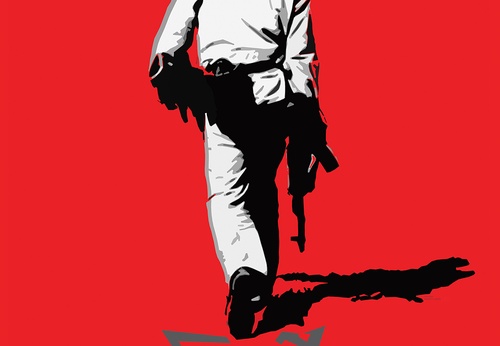
- July 02, 2025
Israel Will Surely Be Destroyed

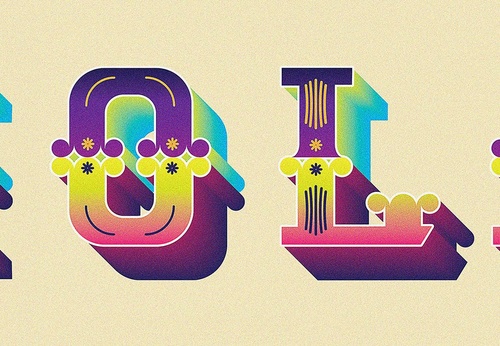
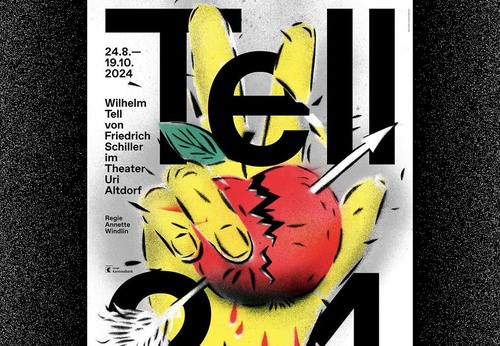
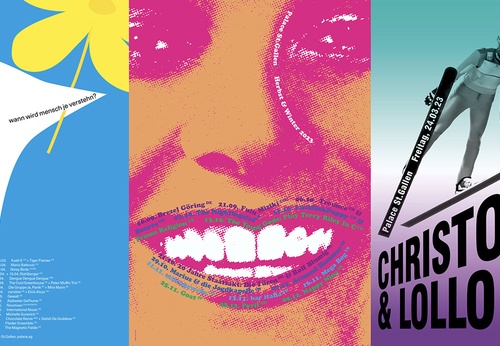
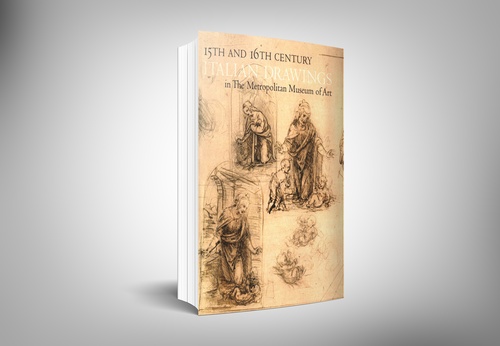
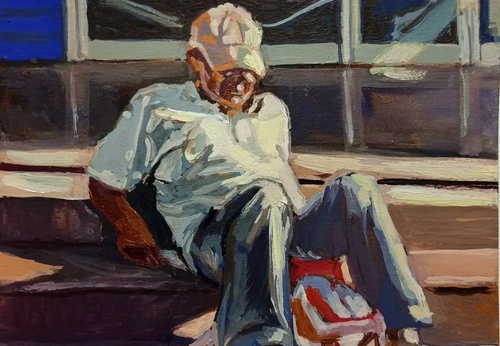
- July 01, 2025
Gallery Of Sculpture By Leandro Mompié - Cuba

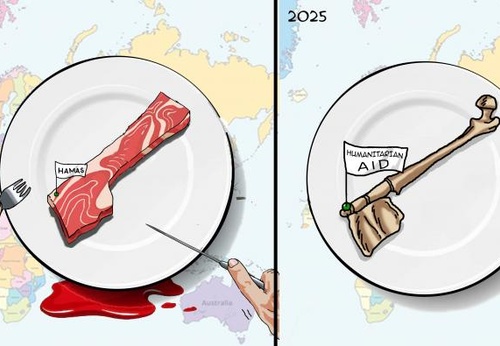
- July 01, 2025
The ruins of Gaza

- June 29, 2025
Peruvian painter Gerardo Chávez dies at…

- June 29, 2025
ARCOmadrid 2026 Opens Call for Entries …

- June 29, 2025
José María Velasco: The Landscape Artis…

- June 26, 2025
It houses 40 legacies of Latin American…

- June 18, 2025
Winners of the “Holosaide” event announ…

- June 18, 2025
The Major Exhibition of the Malba Colle…

- June 16, 2025
Pedro Roth Exhibition at the National A…

- June 15, 2025
Malba Pays Tribute to Luis Felipe Noé w…

- June 15, 2025
Contemporary Italian Painting on Displa…

- June 13, 2025
Impacto da Arte Digital na Sociedade

- June 13, 2025
The Geometric Essence of Fanny Sanín on…

- June 12, 2025
Guillermo García-Cruz's 'Divergent Stru…

- June 12, 2025
Book Brasília, the art of democracy wil…

- June 11, 2025
In 2025, SP-Arte Rotas will include nar…

- June 11, 2025
The Barranquilla Museum of Modern Art

- June 10, 2025
Discovery of William Turner's Work

- June 10, 2025
One of the largest art events in Latin …

- June 10, 2025
Centre Pompidou debuts in South America…

- June 09, 2025
MON opens its doors to a sensory worksh…

- June 09, 2025
Regional talent conquers spaces with co…

- October 08, 2023
Illustrations reflect the brutal Israel…

- December 25, 2023
The jury statement of the Iran-Brazil F…

- July 29, 2023
History of Caricature in Brazil

- September 01, 2023
Neural Filters in new photoshop 2023

- April 20, 2024
Poignant Image of Grief Wins Mohammed S…

- May 22, 2025
Brady Izquierdo’s Personal Exhibition O…

- March 21, 2024
The history of art in Palestine

- October 21, 2023
Erick Meyenberg and Tania Ragasol at th…

- March 14, 2024
museum of statue of van gogh

- August 09, 2023
Venezuela mural expresses solidarity wi…

- March 15, 2024
museum of sculpture of Salvador Dali

- March 30, 2024
illustration websites in Latin America

- May 20, 2024
Latin American Festival of Performing A…

- May 25, 2025
Bordalo II to hold exhibition in Paris …

- July 30, 2024
The artist from San Luis Mirta Celi rep…

- March 18, 2025
Works by Cuban Artist Eduardo Abela in …

- July 03, 2024
Newly discovered rock art in Venezuela

- April 18, 2024
Israel Pavilion at Venice Biennale clos…

- January 04, 2025
Material Art Fair 2025

- January 12, 2025
The Ralli Museum in Punta del Este

- February 18, 2024
7 Ways to Understand What Visual Arts A…

- May 15, 2024
Eleven murals for Gaza painted across t…

- October 08, 2023
Illustrations reflect the brutal Israel…

- January 02, 2025
13 commemorations that will mark the cu…

- October 17, 2023
The influence of Latin American artists…

- December 25, 2023
The jury statement of the Iran-Brazil F…

- November 17, 2023
Fernando Botero's work is booming after…

- July 29, 2023
Piracicaba International Humor Exhibiti…

- February 03, 2024
THE HISTORY OF NAIF ART

- November 06, 2023
Heba Zagout: Palestinian artist murdere…

- February 01, 2025
A maior exposição de Botero em Barcelona

- July 02, 2024
One of the largest urban art galleries …

- December 10, 2023
Sliman Mansour and Palestinian art on t…

- July 20, 2024
First International Mail Art Biennial 2…

- September 01, 2023
Neural Filters in new photoshop 2023

- October 30, 2023
Palestinian turns images of the Gaza co…

- October 23, 2023
Controversy over the project that will …

- March 14, 2024
museum of statue of van gogh

- February 06, 2024
Bolivian artists will be at the 2024 Ve…

- February 08, 2024


